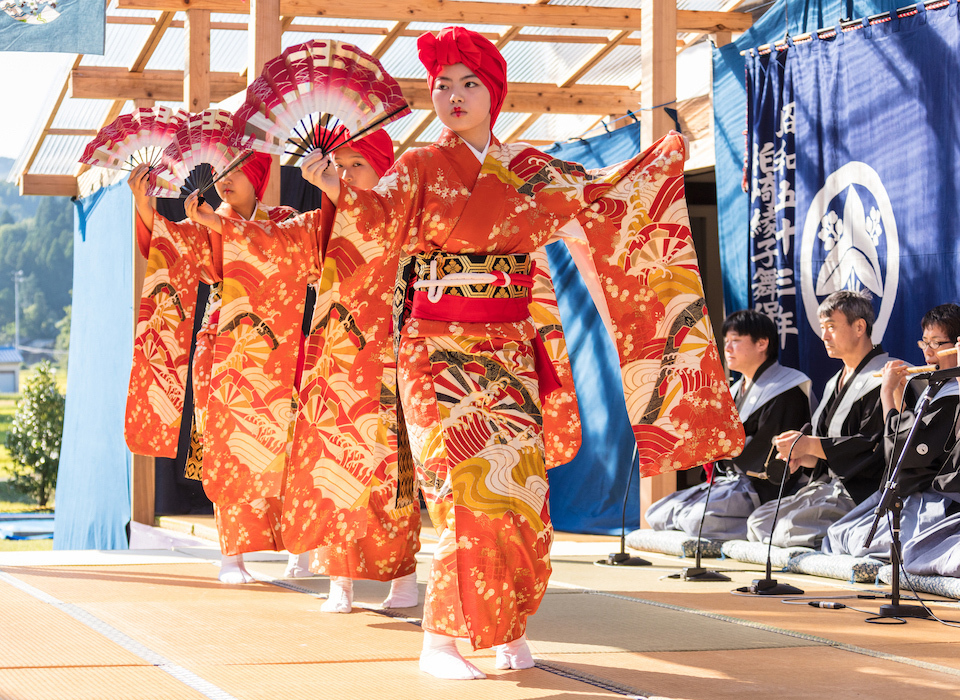Its landscapes changing in fascinating ways, Japan offers a rich variety of enjoyable activities during the summer, from subtropical resorts to cool 3,000 meter-class mountains. Many enduring folk dances and performances can also be seen in this season.


Subtropical Islands

Spectacular Mountains

Ritual Dances
In the summer, folk dances are held throughout Japan praying for the repose of the deceased. Also intended to pray for a good harvest, the end of plagues, and safety from disasters, as well as to strengthen local spiritual forces, dances and other folk arts have been handed down over the centuries in every region. In November 2022, 41 such events were inscribed on the UNESCO list of the Intangible Cultural Heritage of Humanity as “Furyu-odori, ritual dances imbued with people’s hopes and prayers.” The photograph shows the Ayakomai dance in Kashiwazaki City, Niigata Prefecture, passed down for about five centuries, with some features having a tantalizing resemblance to early Kabuki.






























